



Giac Lam is one of the oldest pagodas in Ho Chi Minh City. Originally, it was built by Ly Thuy Long – a native Minh Huong, in 1744, as a gathering place during Lunar New Year. The new-built temple was like a scenic lookout overlooking Gia Dinh Market while the area was still undeveloped and quite like a jungle. The name Giac Lam was given to the pagoda after the arrival of Monk Thich Lam Quang of the Lam Te Zen lineage, in 1772. After many times of renovation and reconstruction, it’s now located at 118 Lac Long Quan Street, Tan Binh District. Local people also call it Cam Son or Cam Dien Pagoda.

La poste centrale (Buu Dien) constitue un témoignage important de l'architecture française au Vietnam, ce qui explique sa position de monument incontournable d'Ho Chi Minh-Ville.Fondée entre 1886 et 1891, ce bel immeuble rappelle les constructions parisiennes. Ainsi,...
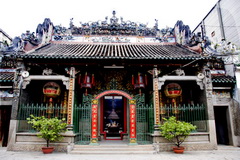
Le temple de Bà Thiên Hậu (vietnamien: chùa Ba Thien Hau) est un temple taoïste situé à Cholon, ville chinoise d'Ho-Chi-Minh-Ville (ex Saïgon). Cette pagode dédiée à la déesse de la mer Thien Hau a...
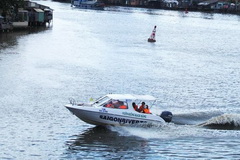
Saigon River Express provides you with many different tours visiting different areas in Southern Vietnam. The transportation is usually water taxi and ferry. There are two popular tours at Saigon River Express: Cu Chi Tunnel Tour andMekong Delta Tour. On Cu Chi Tunnel Tour, you will get...
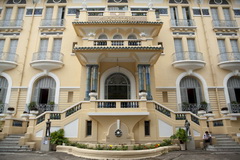
Le musée des Beaux-Arts (Bao Tang My Thuat) se donne à voir dans une belle demeure particulière au n° 97 de la rue Pho Duc Chinh, au sud du centre ville. Il s'agit en effet d'un édifice Art Déco, orienté selon les règles du Feng Shui,...
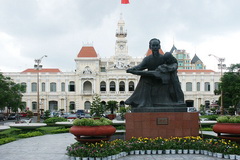
The People’s Committee Building of Ho Chi Minh City is located at one end of Nguyen Hue Street, one of the most beautiful streets in this metropolis. The building was built and put into use in 1909 as a hotel whose original name was Hôtel de Ville. It was designed by...
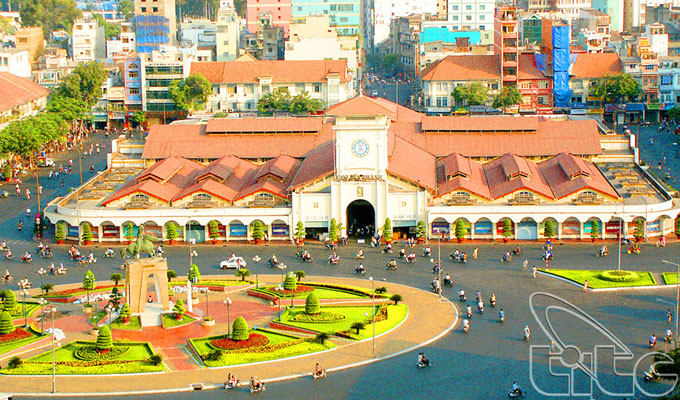
Le marché Bên Thành est situé au cœur du 1er arrondissement. Sa construction a débuté en 1912 et s'est achevée en mars 1914. Il a fait l'objet d'une restauration en 1985. Mais la surface du marché et la tour de...
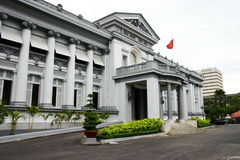
Le musée de Ho-Chi-Minh-Ville (en vietnamien : Viện bảo tàng Thành phố Hồ Chí Minh) est un musée historique d'Ho-Chi-Minh-Ville, la plus grande ville du Viêtnam. Il est situé près du Palais de la réunification, au carrefour...

Located at number 161/85/20, Lac Long Quan Street, District 11, Giac Vien is one of the oldest temples in Ho Chi Minh City. At first, it only used to be a warehouse while another pagoda (named Giac Lam) was being rebuilt. After the renovation of the latter was completed, Giac Vien Pagoda was...
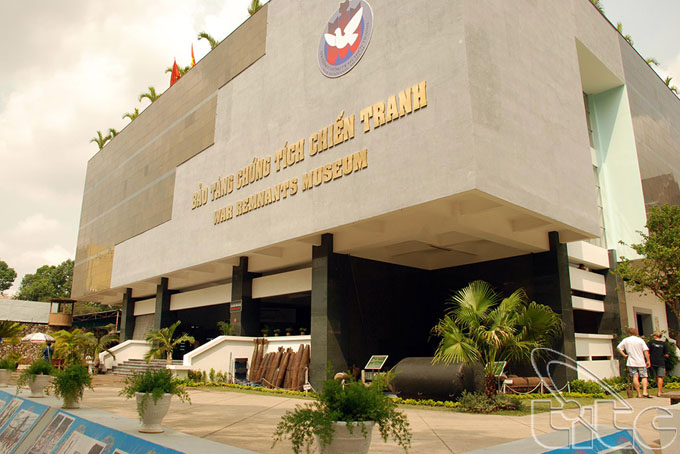
Situé au 28, rue Vo Van Tân, dans le 3e arrondissement, ce musée a été créé en septembre 1975. Dans un premier temps, il était la Maison d’exposition des crimes de guerre et de résistance contre les Américains. Ce...
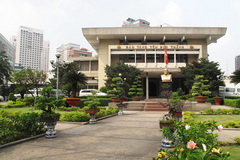
C'est en toute discrétion que le modeste musée Ton Duc Thang se donne à voir dans une rue éponyme. Peu fréquenté, l'établissement n'en demeure pas moins intéressant d'un point de vue historique. En effet, ce...

Soyez le premier à connaître nos offres de voyage exclusives et les nouveaux circuits !.